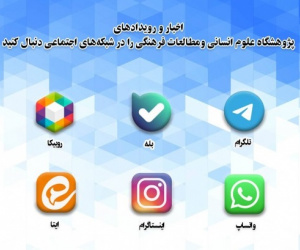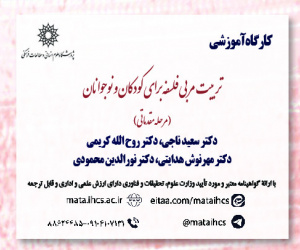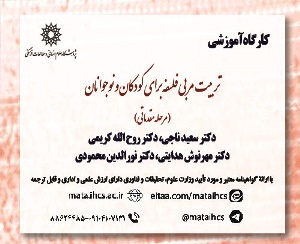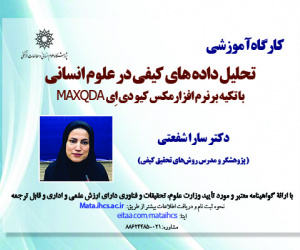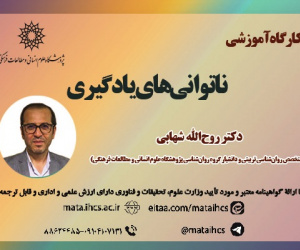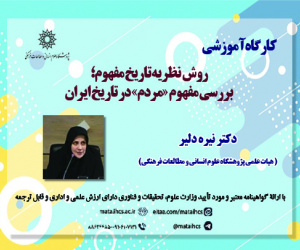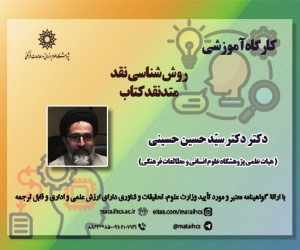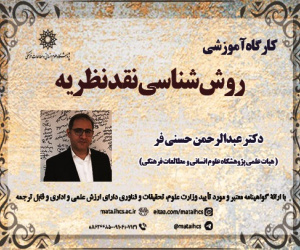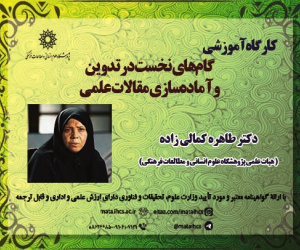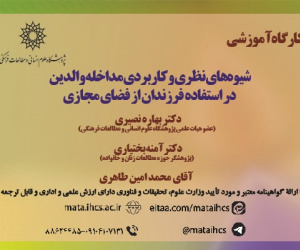بررسی تطبیقی دوسویگی در رمان های دوشنبه های آبی ماه و این ناقوس مرگ کیست (مقاله علمی وزارت علوم)
درجه علمی: نشریه علمی (وزارت علوم)
آرشیو
چکیده
دوسویگی اصطلاحی است که باختین در نظریه چندصدایی خود مطرح کرده است. در این رویکرد صدای نویسنده در رمان اهمیت دارد که آن را به صورت سبک برداری، نقیضه، گفتمان شفاهی و گفتمان جدل پنهانی نشان می دهد. در نوشتار حاضر، این رویکرد به شیوه ای تطبیقی در دو رمان دوشنبه های آبی ماه نوشته محمدرضا کاتب و این ناقوس مرگ کیست اثر ارنست همینگوی بررسی می شود. روش پژوهش توصیفی – تحلیلی و بر مبنای اسناد کتابخانه ای است و در پی پاسخ به این مسئله است که نویسندگان در این دو رمان چگونه دیدگاه های ایدئولوژیک خود را در متن منعکس کرده اند. یافته های پژوهش نشان می دهد که در سبک برداری هر دو نویسنده از شیوه نام گذاری شخصیت ها استفاده کرده اند، با این توضیح که نام گذاری کاتب دلالت بر جایگاه قهرمانانه بابا دارد و نام گذاری همینگوی دلالت سیاسی دارد. در رمان کاتب، نقیضه به صورت رفتار رندانه تیربارچی در فضای جبهه نمود دارد که در تعارض با وجهه مقدس جنگ است و در رمان همینگوی به صورت رفتار عاشقانه قهرمان در بحران جنگ. گفتمان شفاهی در رمان ایرانی نقاط ضعف بابا است که در متن طنین انداز است و در رمان آمریکایی چیستی کشتار در جنگ، و ارجحیت منافع حزب مطرح است. گفتمان جدل پنهانی در رمان کاتب به صورت صدای کاریزماتیک بابا در گفتمان مهندس حضور دارد، و در رمان همینگوی صدای کاریزماتیک پیلار و پابلوجریان دارد. همچنین گفتمان حزب جمهوری خواه در صدای رابرت حضور دارد. نتایج تحقیق حاکی از آن است که ملاحظات فرهنگی نویسنده ایرانی و ملاحظات سیاسی نویسنده آمریکایی در لایه های پنهان متن قابل دریافت است.Study of Double Sided Discourse In The "Blue Mondays of The Month" and "For Whom The Bell Tolls" Novels
Double-voiced discourse is a term that Bakhtin has introduced in his theory of polyphony. In this approach, the author’s voice is manifested in the text through literary techniques including stylization or style-switching, parody, oral discourse resonance, and hidden polemic discourse. Against this background, the present study examines two war novels: Mohammadreza Kateb’s Blue Mondays of the Month as well as Ernest Hemingway’s For Whom the Bell Tolls. The research method utilizes a descriptive-analytical approach, relying on library documents to analyze and compare the two aforementioned novels. The objective of this study is to discover the hidden voice of the text that the author displays using various techniques. The research demonstrates that characterization in both novels is achieved through the naming of characters. In Kateb’s novel in the form of the nonchalant behavior of the sniper in a war situation and in Hemingway’s novel in the form of the hero’s passionate behavior and words in a sensitive and extravagant situation. Oral discourse in the Iranian novel echoes Baba’s weaknesses within the text, while the American novel explores the devastating consequences of war and prioritizes political interests over regional security. Hidden polemical discourse is present in Kateb’s novel, as the engineer’s discourse reveals both Baba’s sympathetic and serious voices. Similarly, in Hemingway’s novel, Pablo’s commanding voice is subtly present in Pilar’s words, while Maria’s words reflect Pilar’s femininity. Furthermore, Robert’s voice carries the discourse of the Republican party.
